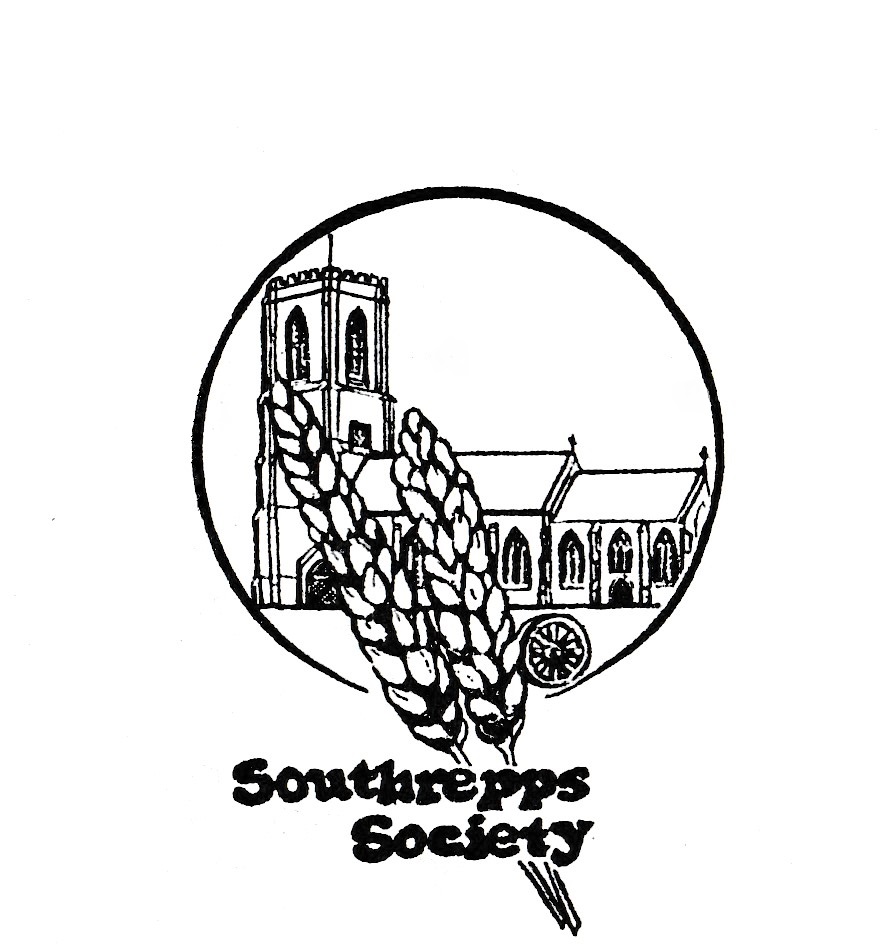Author Margaret Dowland
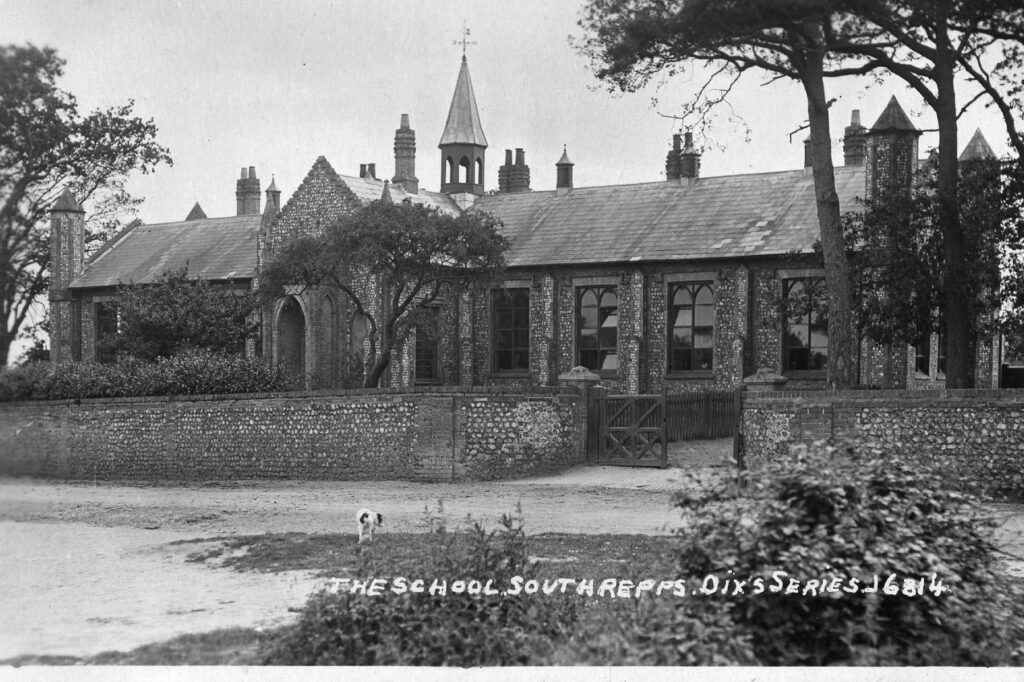
The school is actually in the parish of Antingham. Built in 1826 it is now on its ninth monarch, the first being George IV. It was built by the third Lord Suffield for the children of his estate workers, primarily from Antingham, Bradfield, Thorpe Market, Gunton, and Lower Street Southrepps. It is one of the oldest Norfolk rural primary schools still open in its original buildings. The school has always taken both boys and girls. Until 1957 children could remain at the school until they were 15. In that year Norfolk schools were reorganised and Antingham and Southrepps was redesignated a Primary School and all children moved on to secondary schools at the age of eleven.
Contents of this page
In 1826 education for the common man was not the norm in fact in some quarters it was fundamentally disapproved of. In a debate in parliament in 1806 one MP said
…giving education to the labouring classes of the poor, it would, in effect, be found to be prejudicial to their morals and happiness; it would teach them to despise their lot in life, instead of making them good servants in agriculture and other laborious employments
Fortunately there were more enlightened people and two separate movements were growing to give cheap and wide spread education to all. Andrew Bell and Joseph Lancaster set up the National, and British and Foreign Schools respectively. They both had very similar systems that meant large numbers of children could be taught using very few adults. With educating children becoming more affordable it was perhaps this and his belief in social reform that influenced Lord Suffield to build the school.
The school was primarily for the children of his tenants, although others could apply for a place. The parents were charged 1d to 6d per week for each child, according to the rent they paid, but a lesser sum was charged when two were sent, and nothing extra for all of the same family above two. Those who were tenants of Lord Suffield paid rather less than those who were not. It was not until 1833 that any government money was made available for general education and this was for the setting up of new schools, not for the support of existing ones so Lord Suffield continued to pay for the building maintenance and for the salaries of the teaching staff.
The 1870 Education Act made education compulsory but not free. In 1875 the fifth Lord Suffield gifted the school over to the new school board. The numbers of children needing education in the area was greatly increased and the school was extended. The school roll at this time could be as high as 350.
The school was funded by payments from the parishes, government grants dependant on inspections and fees paid by the parents. This was set at 2d per child, for some significantly higher than they had previously been paying. There are numerous entries in the school records of families being unable to pay their school fee. They could apply for the fees to be paid for by the Board of Guardians. This was counted as Outdoor Relief (part of the Poor law passed in1876). If this was not given to the families who were unable to pay they could end up in the workhouse. For those who were deemed able to pay but did not they were prosecuted. The school employed an attendance officer responsible for the collecting of fees.
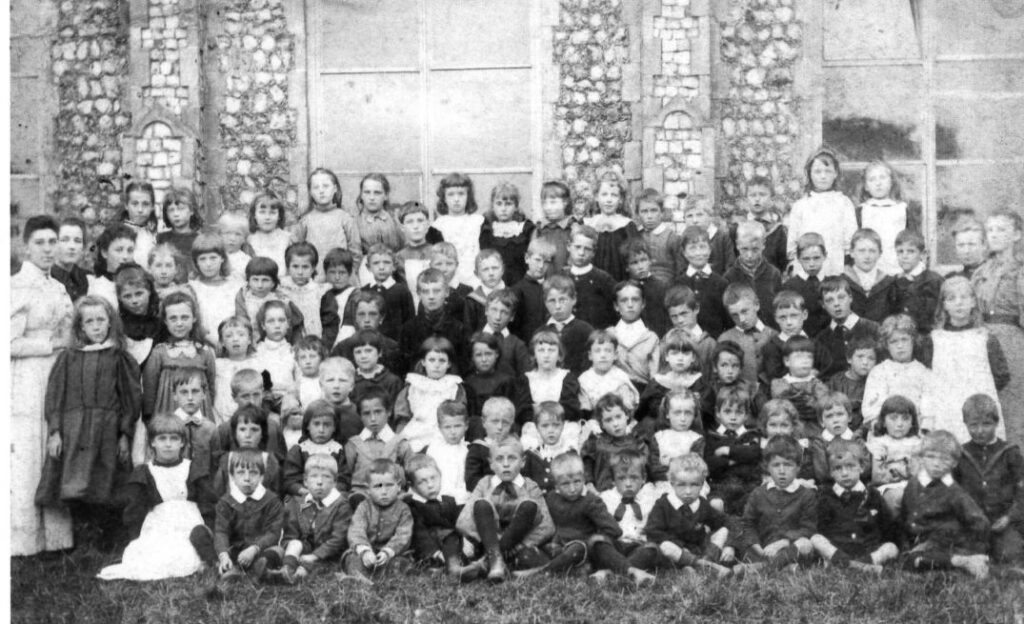
School fees were eventually abolished in 1891, with the Government paying 10 shillings per year for every child over three and under 13. It would seem that there was then a shortfall in funding for schools, and the Agricultural Rates Act was passed in 1896. This Act had its origins in the tithe system, by which a tax was levied on agricultural land in order to finance the Church. With the development of the Poor Law, the Church became increasingly responsible for education. Although it was not a Church school, under the terms of the 1896 Act Antingham and Southrepps School was able to levy a rate on agricultural land of the five parishes that it served.
In 1902 funding was again changed as all monies were to come from the Local Education Authority. The amount of money paid was still dependant on the result of school inspections.
In 2014 the school joined the North Norfolk Academy Trust which in 2015 then joined the Synergy Trust of 12 primary schools and three high schools.
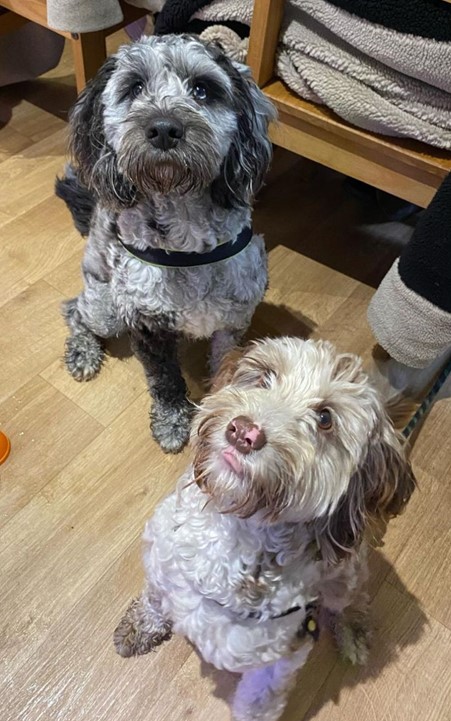
It continues its tradition of Forest Schools started in 2007 and now includes Bushcraft as well, these outdoor educational activities making full use of the woodland opposite the school. It has a nursery and breakfast club. It also has two dogs both cockapoos named Rallo and Psalm who joined the school in 2022. They are also being trained as therapy dogs.
The building
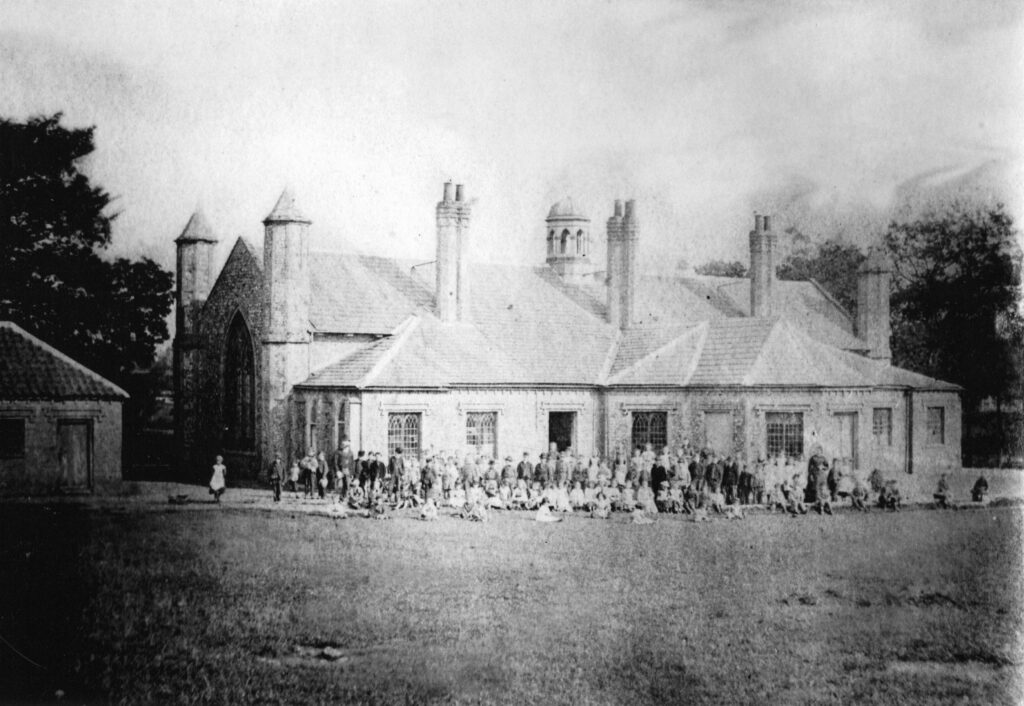
Built of stone and knapped flint. The flints on the pinnacles are knapped and shaped making the construction more complicated and therefore more expensive. Its design is very similar to St Margaret’s’ church Thorpe Market and is believed to have been built by the same builder Mr Wood (who also built the pyramid mausoleum at Blickling), certainly they were both paid for by Lord Suffield.
It originally consisted of two school rooms with the school house attached to the rear. There was no access between the school House and the school rooms. The original end windows just visible in this photograph were large ecclesiastical windows. As also seen on the photograph there was a small out building to the side that is still in use today.
In 1877 the school was extended this was to add an extra bay at each end of the two school rooms one became a classroom with gallery the other was most probably a cloakroom. A further classroom was built at the back which was the Infant school. At this point the school was split into three separate entities, The Infant school, the Girls’ school, and the Boys ‘school.
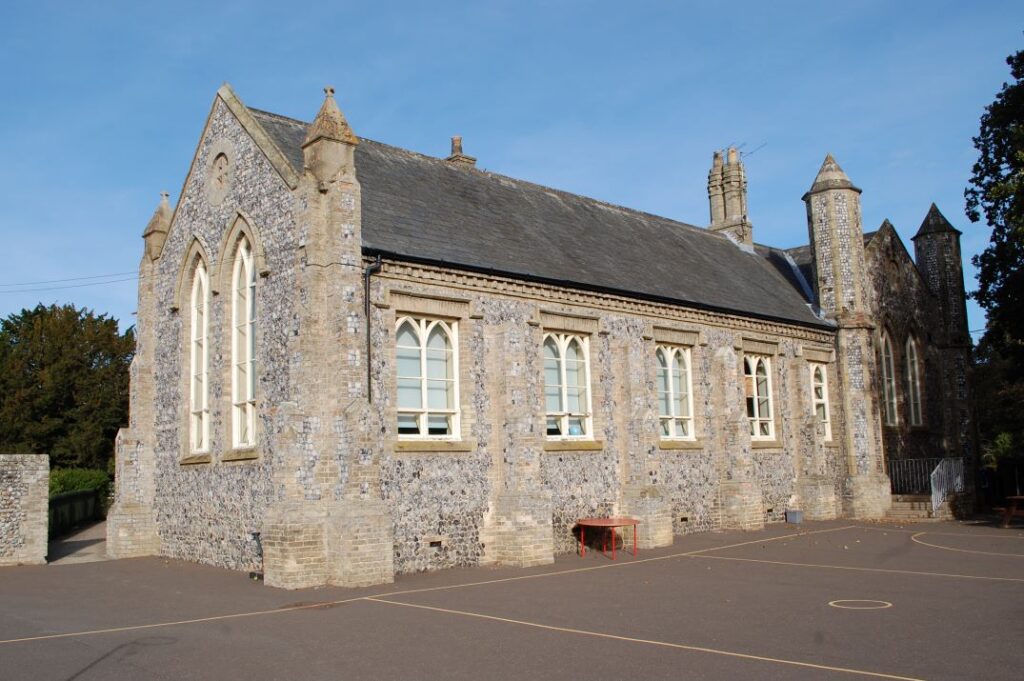
The work involved to remove the original end walls and then completely rebuild them complete with the knapped pinnacles is considerable.
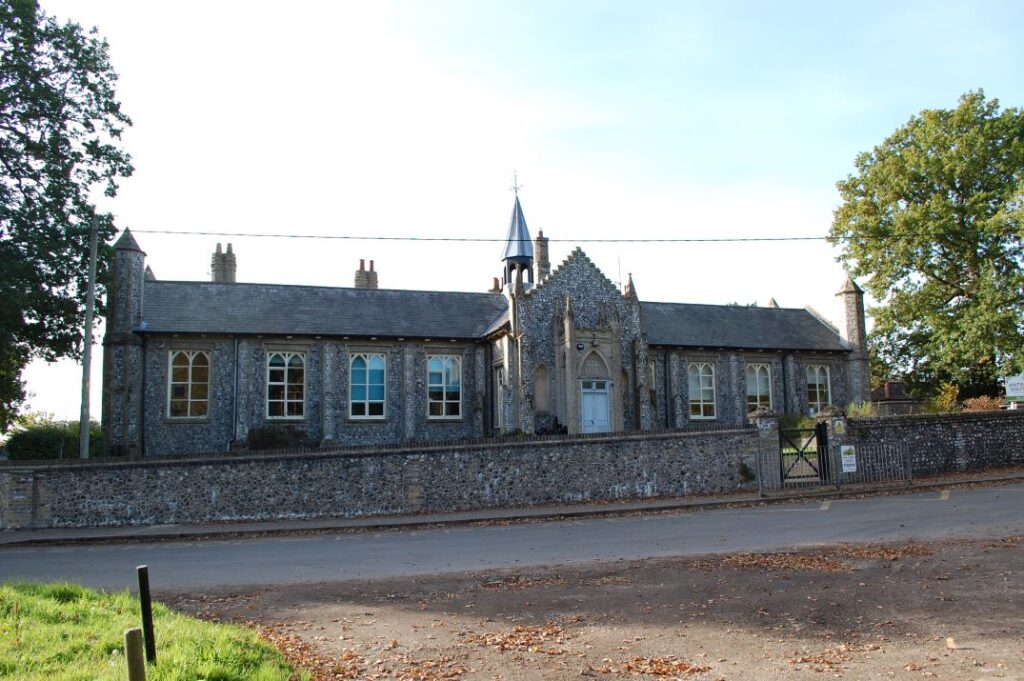
The boys’ playground was what is now the car park. A toilet block, coal shed and play shelter were also built in girls’ playground. A second toilet block was attached to the original outbuilding in the boys’ playground as well as a play shelter that had to double up as a carriage shed for the members of the boards carriages when they came to the school. Behind the front porch was boardroom.
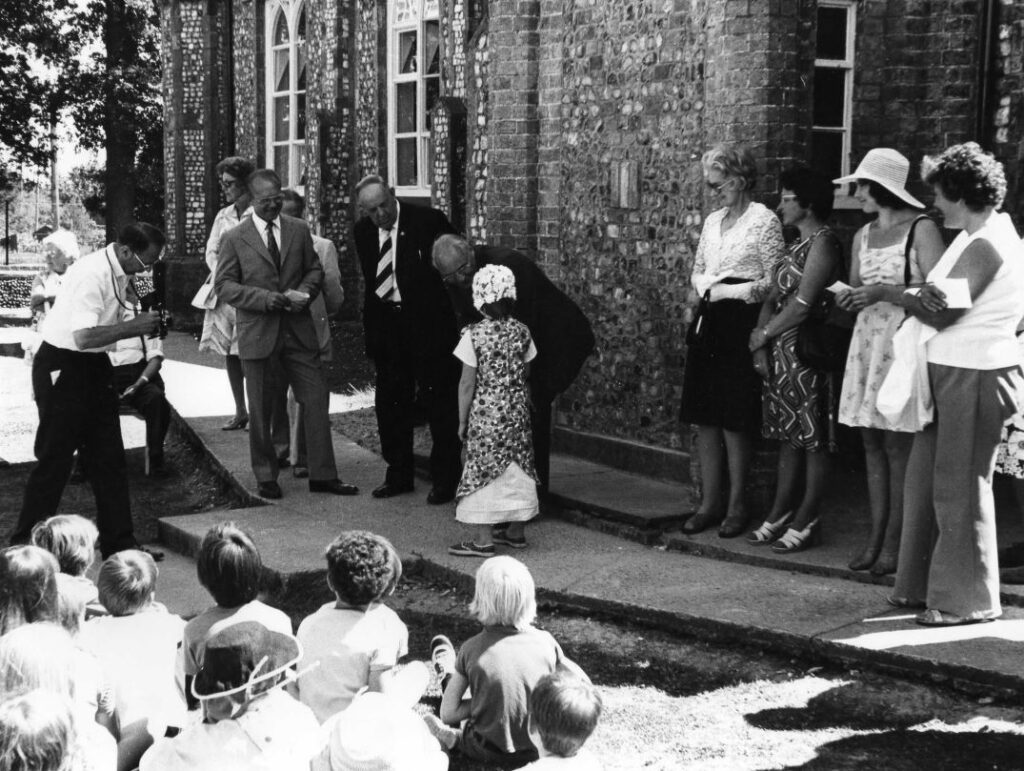
The exterior of the school has remained largely unchanged. A fire door was added to the infant school in the 1950s and the windows lowered at the same time. In the 1970 the front door to the porch was removed to allow for installation of an anthracite boiler in the board room. In 1976 as part of the 150 celebrations the blocked doorway was flinted up to make it more attractive, this was subsequently removed. In the 2000s a level access door was installed
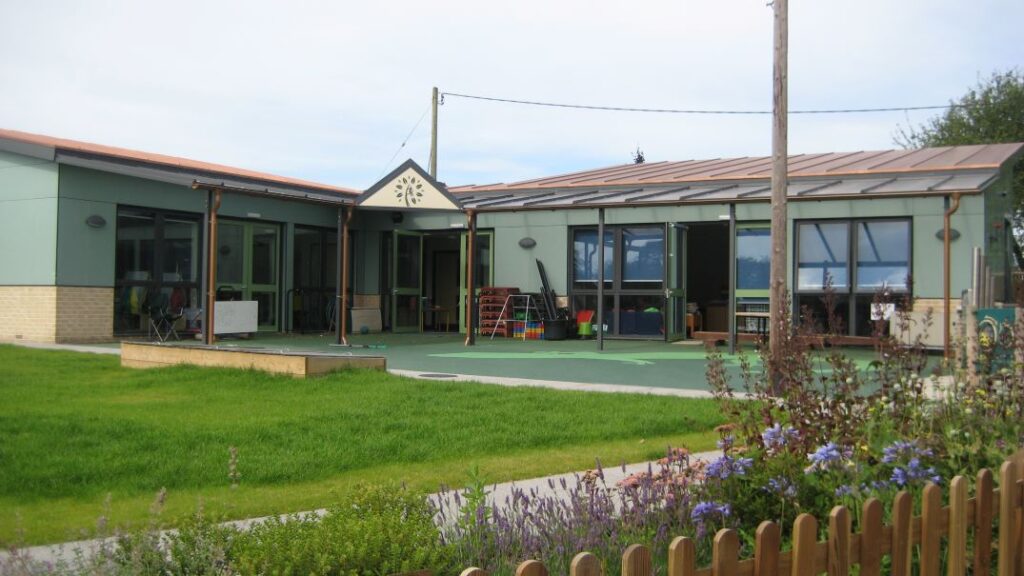
The school house

The school house ran along the back of the two schoolrooms. It consisted of three bedrooms, parlour, sitting room, kitchen, scullery, and lobby. It also had a large, vaulted cellar (this remains but was last seen in the 1990s when all access was blocked up). Each room had its own fire place. It seems likely that the school house did not get an internal bath room until the 1950s perhaps even the 60s. In 1891 the census shows the headmaster Mr Amies, and his wife living there with 10 of 11 children, as well as Mrs Amies’ mother, and a lodger Ernest Price.
While Mr Jones was Headmaster, he allowed the garden to be used for horticultural lessons. During Mr Hares’ tenure the garden was used for the school bee hives. Mr Gladstone was the last headmaster to live in the school house. After making numerous complaints to the school management about the heating in the house and the need for general modernisation, he eventually moved out in 1971. The house was then rented to Mr MacDonald with his menagerie of animals that caused no end of difficulties for the school with rats, chickens, and loose horses! Despite these incidents he was to remain in residence for 10 years finally leaving in 1982.
The house remained empty until after much discussion it was finally agreed that the house could become part of the school with an internal door being knocked through in 1984. The kitchen became a cookery room one of the bedrooms the library and the sitting room and parlour were used by the playgroup. Much of the work was carried out by the parents.
Many reconfigurations have occurred to the house. In 1984 a door was knocked through connecting the house with the school. In the 1990s part of the house was used as a pre-school. Today the parlour is now the school office, the kitchen the staffroom and one of the bedrooms is the headteachers office. The other bedrooms converted to toilets with access from elsewhere in the school.
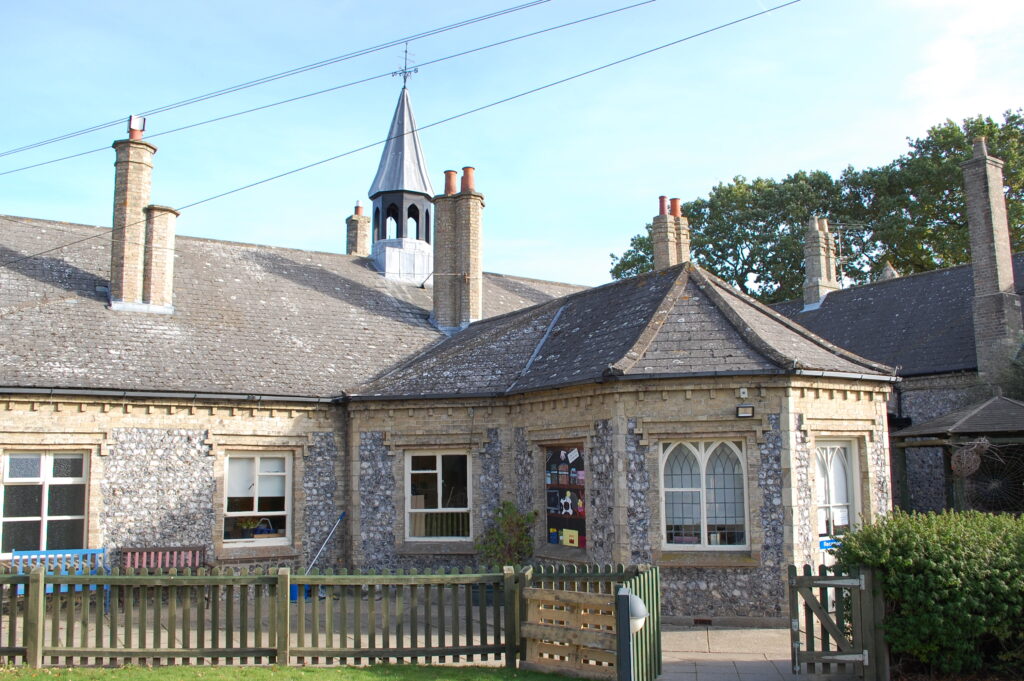
Interior of the school
Originally the school had two large school rooms, one for girls and one for boys, heated by an open fire in each. When it was extended in 1877 it had three large schoolrooms and a classroom which had a gallery. This was tiered steps on which the children sat to enable all the children to see the teacher and the blackboard. There was also a gallery in the Infant schoolroom. In 1906 these galleries were removed as was internal wall in the boys schoolroom. At this time two movable partitions were also added one in the infant school the other in the boys’ schoolroom. It wasn’t until 1954 that a fire door was put in the Infant school. Despite relatively minor changes to the interior which included two connections into the school house it would still be recognisable to Mr Amies the first headmaster of the extended school.
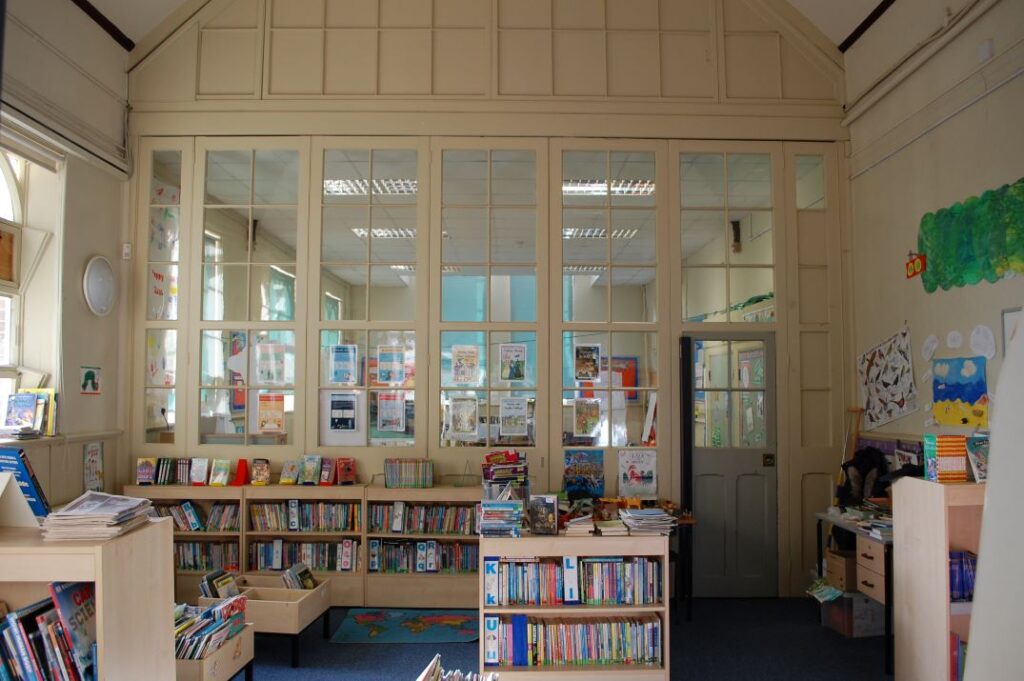
The original school clock still exists on the central wall between the two school rooms although sadly it ceased to work many years ago.There is a face visible on both sides of the wall. The one in the hall still has its hands.
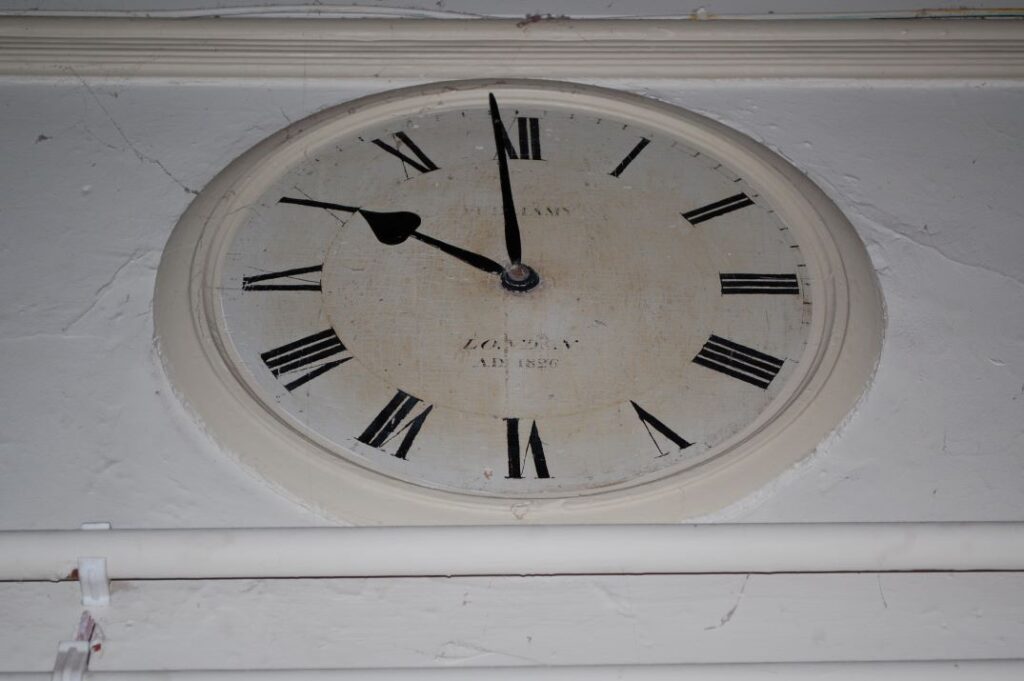
It is worth noting that being a rural school does have its draw backs especially when it comes to electricity. For much of its life the school had been lit by oil lamps. In 1948 the governors of the school decided enough was enough and they wrote to the education committee requesting that electric light be installed in the school as on winter afternoons it was “too dark for the girls’ needlework or even for written work by the boys”. There was no reply; they wrote again in 1949. Despite there being an electricity supply in the village, the Education Committee replied to say that it was unable to approve of the installation of electric light. Eventually in 1951 the Education Committee agreed and electricity was installed during the Whitsun holidays.
A lovely foot note to this is, this extract from the school logs in March 1946 a full five years before electricity arrived at the school, perhaps it gave them ideas!

Not only was the school without electricity, but it also had its own well and it was not until the 1979 that mains drainage and the first internal toilets were installed.
The World Wars
World War One
The outbreak of war in August 1914 is not mentioned in the log books. The first entry is about the billeting of soldiers at the school, when the school was commandeered on the 30th of November 1914. There does not appear to have been any advanced warning to the school. The Infant school was decanted, first to the Lower Street reading room (believed to be on the corner of Chapel Road) and thence to Mrs Watson’s barn. This is most probably the building now known as Keys Barn. By the 11th of January 1915 the soldiers were billeted around the village and the Infants returned to the school.
There was a second attempt to commandeer the school premises in September 1915 when the Army Medical Corps wanted to use some of it as a temporary military hospital. Fortunately for all, better premises were found elsewhere in the district. School hours were altered due to lighting restrictions because of Zeppelin raids and also to conserve fuel. The school also contributed to the war effort by having blackberry picking days when the children were paid for the amount of fruit they picked.
The logs do record the deaths in battle of several former pupils as well as those awarded medals for gallantry.
Arthur Hurn
Sidney Greenfield
Timothy Gibbons
World War Two

There are surprisingly few references to the war recorded in the school log books.
The school more than doubled in size overnight with war being declared on Sunday the 4th September 1939 and 223 evacuees arriving the next day.
When the school reopened after the summer holidays on the 11th September there were 137 Southrepps children + 94 elementary evacuees attending in the morning and 129 Dagenham County High School pupils with their teachers in the afternoon. They had travelled by lorry to Dagenham Dock. There they boarded the Golden Eagle and the Royal Daffodil, which took them to Great Yarmouth and Lowestoft. Here they were fed and given a straw palliasse for the night before being sent on by bus to the village hall at Southrepps. Read the memories of Barbara Murphy one of the refugees. The children were billeted around the village and one of the teachers Mr. Frost, stayed at the school house with Mr. and Mrs. Dack.
By December the High School was moved to Hill House on Pit Street but the elementary school children continued to be taught at the school. Some of the evacuated teachers had returned to London to teach house to house. The evacuees did not stay long leaving on the 2nd June 1940.
There is a plaque in the village hall commemorating the return of some of the evacuees to Southrepps on the 16th September 1989. They all put their names and addresses in the boys School Log Book.
There are no further references to the war until Tuesday 8th May 1945.
V.E. day war in Europe ended. Unconditional surrender of Germans. Today and Tomorrow VE+1 days of National Holiday School closed.
The last entry was on the 12th October.
School closed this afternoon at 3.45 for Half term and V.J. Holidays (3 days).

Interestingly there are only two references in the governors’ minutes book to the war.
‘correspondence relating to A.R.P. and evacuees was read and commented on’ 7th Nov 1939
‘with regard to A.R.P. Mr Dennis proposed and Mr Grimes seconded that if time permitted the older children should shelter in the natural trenches on the common in the event of serious bombing’ 5th November 1940
Both of these statements raise more questions than they answer. Not least where were the younger children to shelter.
Headteachers
When the school was built in 1826 it had two school rooms, so required a headmaster and a second teacher. There was a school house attached to the back of the school for the headmaster. Mr Gladwin was the last headmaster to live in the school house vacating the house in 1971.
In 1878 when the school was extended it was divided into a boys’ school, a girls’ school, and an infant school. In 1881 in a bid to save money the girls’ and boys’ schools were amalgamated into one mixed school and then in 1925 the infants ceased to be a separate entity, the whole school being under the control of the headmaster. In 2014 the school became an academy.
Click here for a full list of head teachers from the school’s foundation to the 21st century.
Ruth Daniels. If you would like to read about Ruths Daniels memories of being at the school in the 1950s click on the underlined.
Gallery
Click or touch on a picture to see an enlarged version of it, from which you can browse to others by clicking on the right or left arrows, or by swiping on your phone or tablet, With an enlarged image displayed, the i inside a circle in the bottom right corner will provide more information about the photograph, including, where present, the names of people in the picture. The square icon will display any published comments made about the picture, and here you can also send us your own comments.

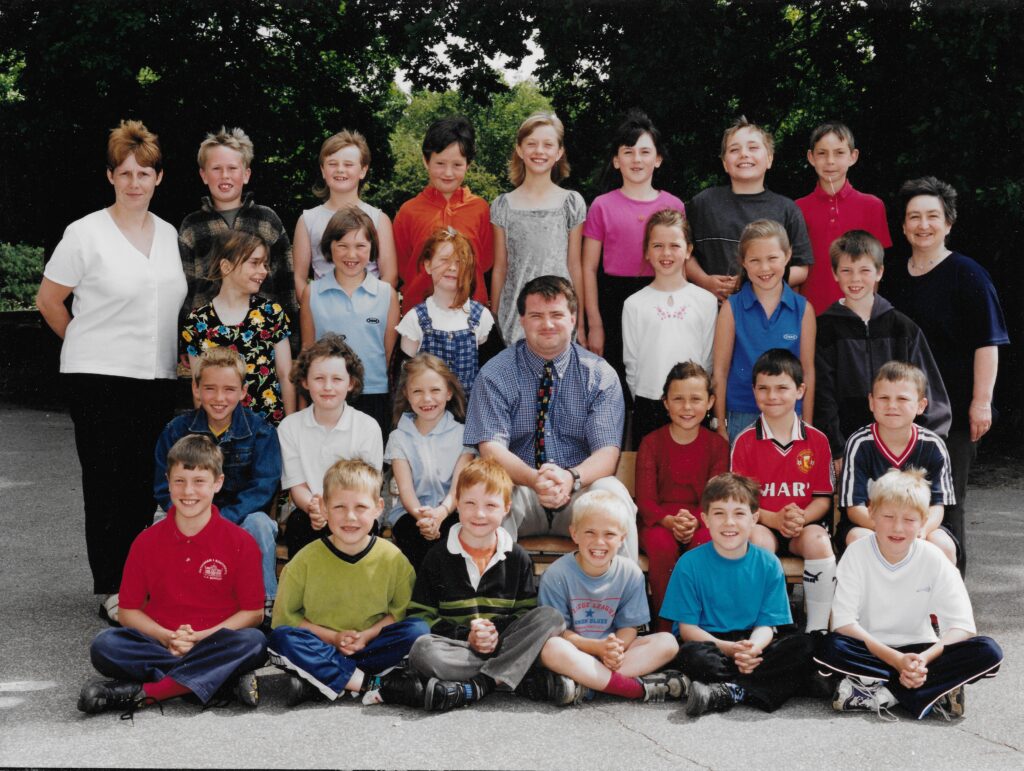
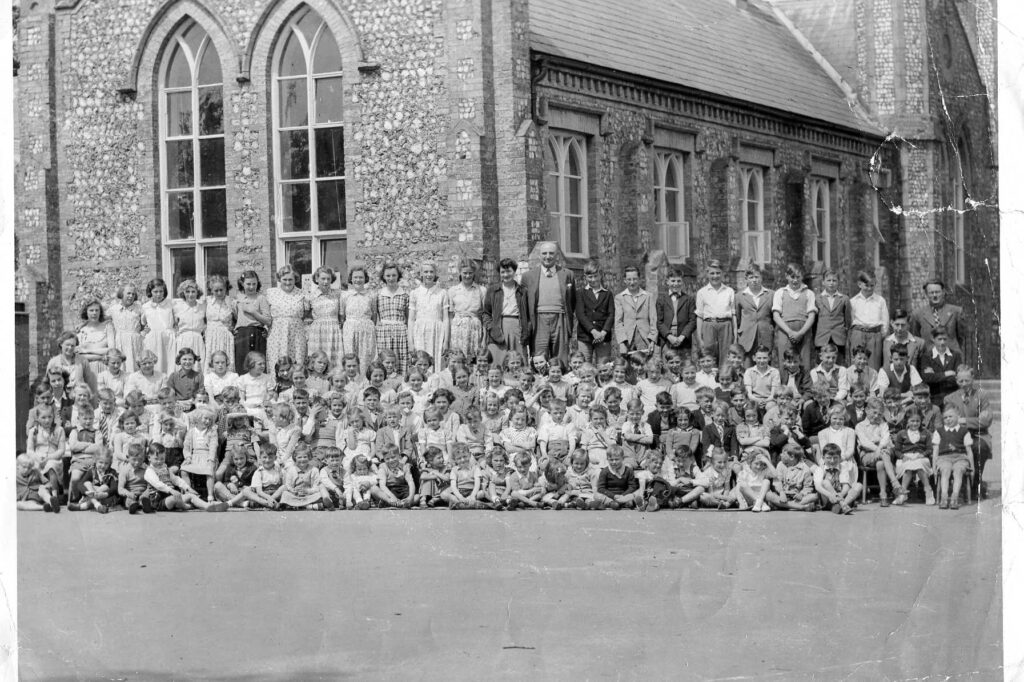
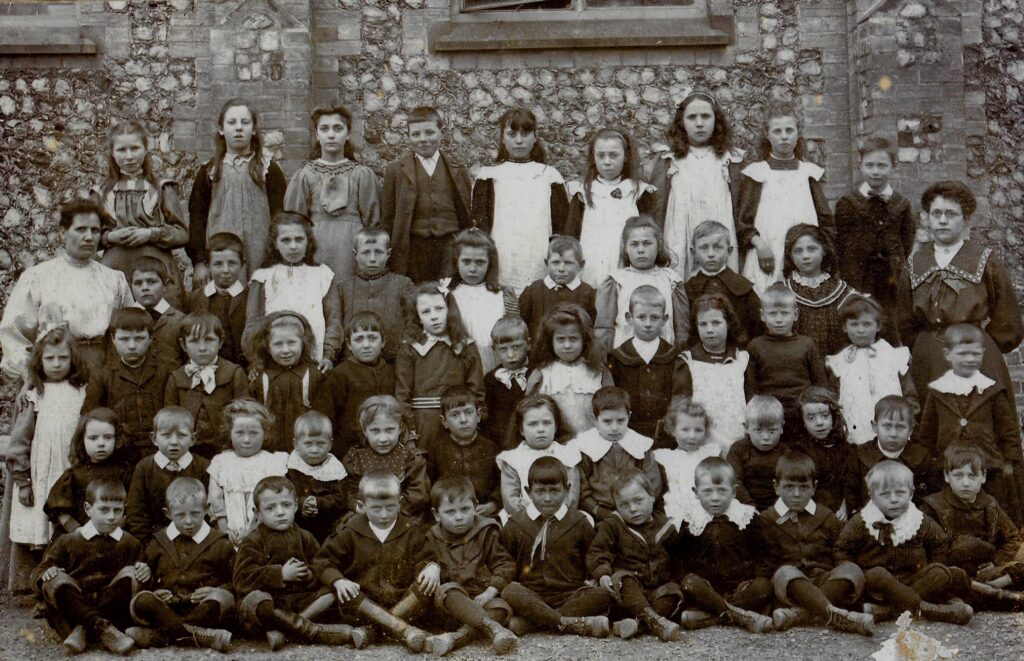

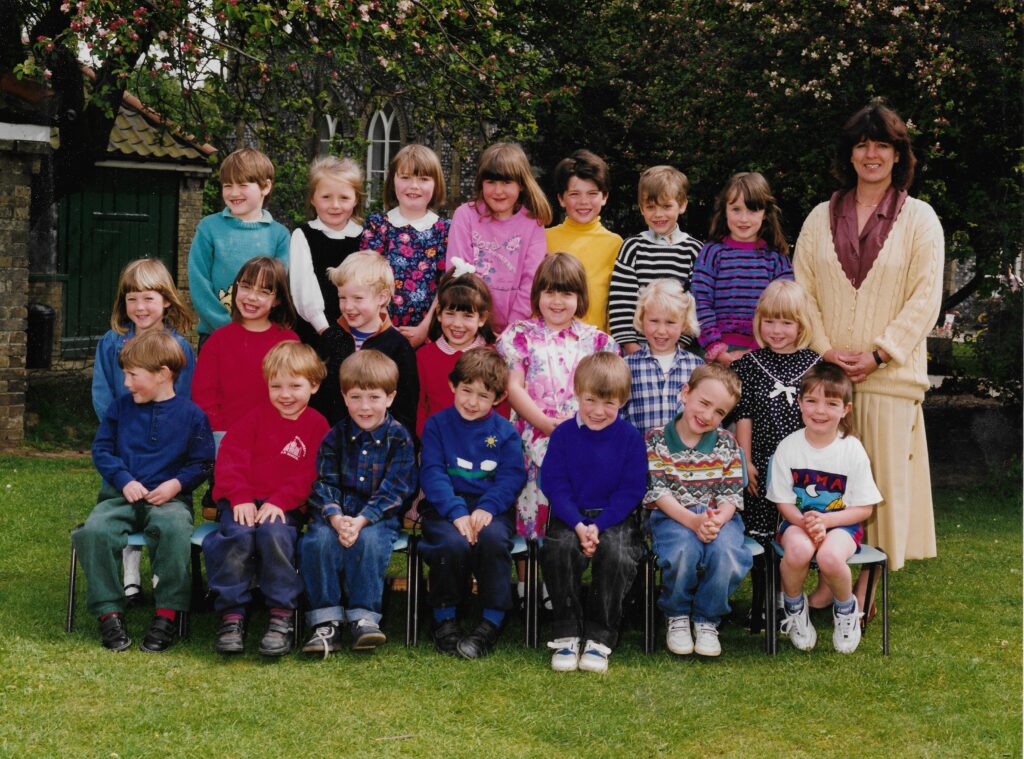
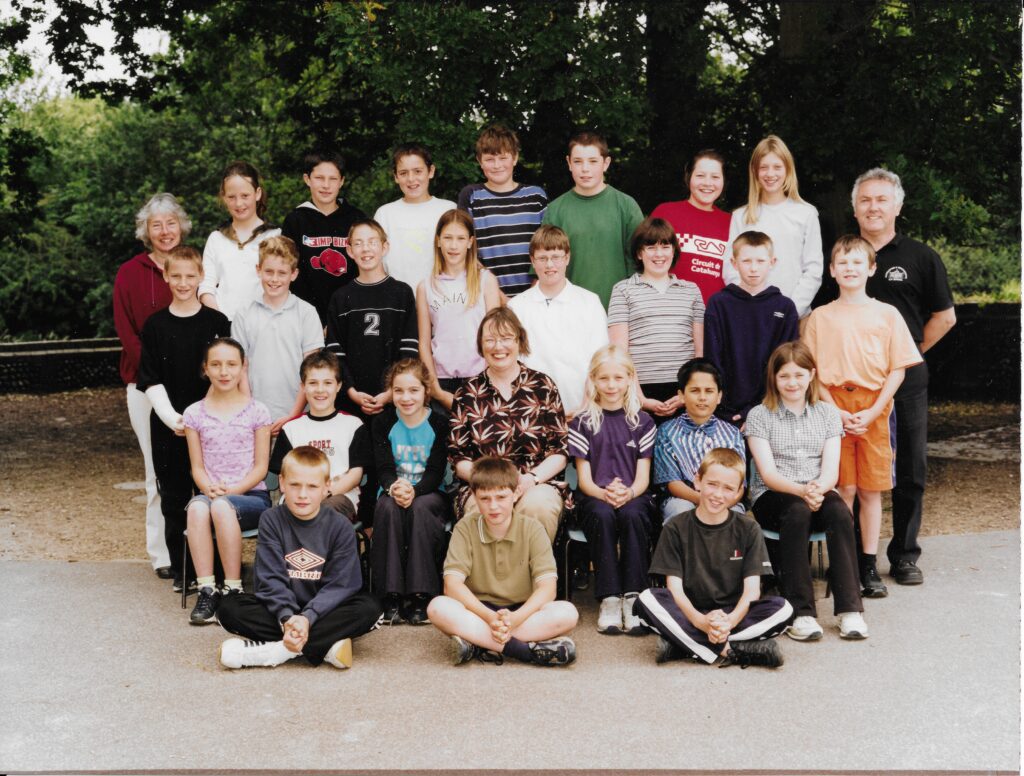
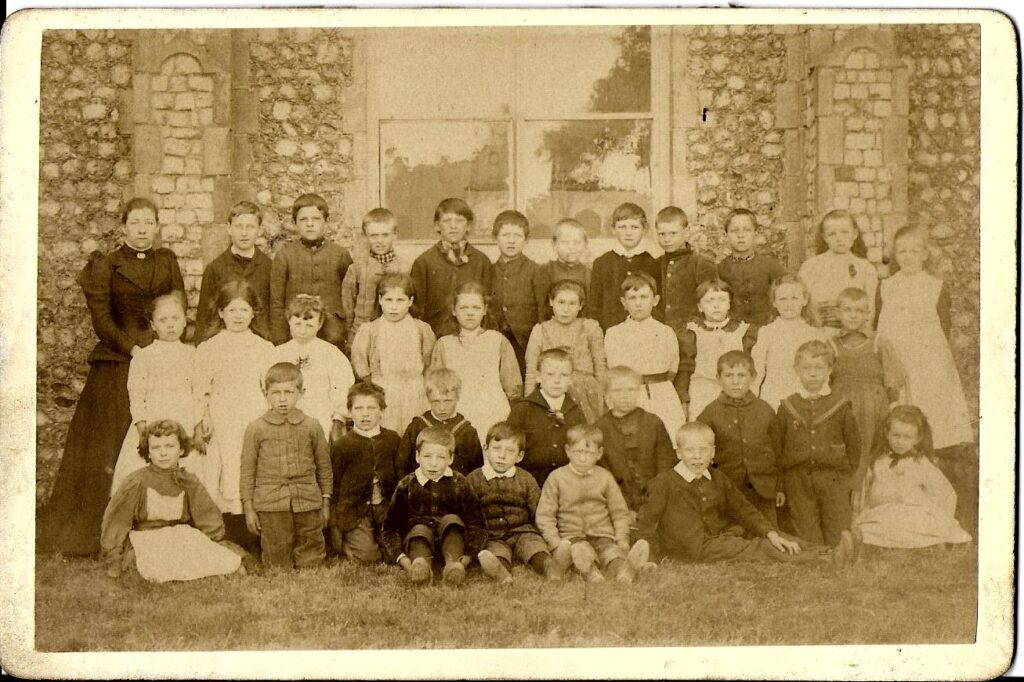
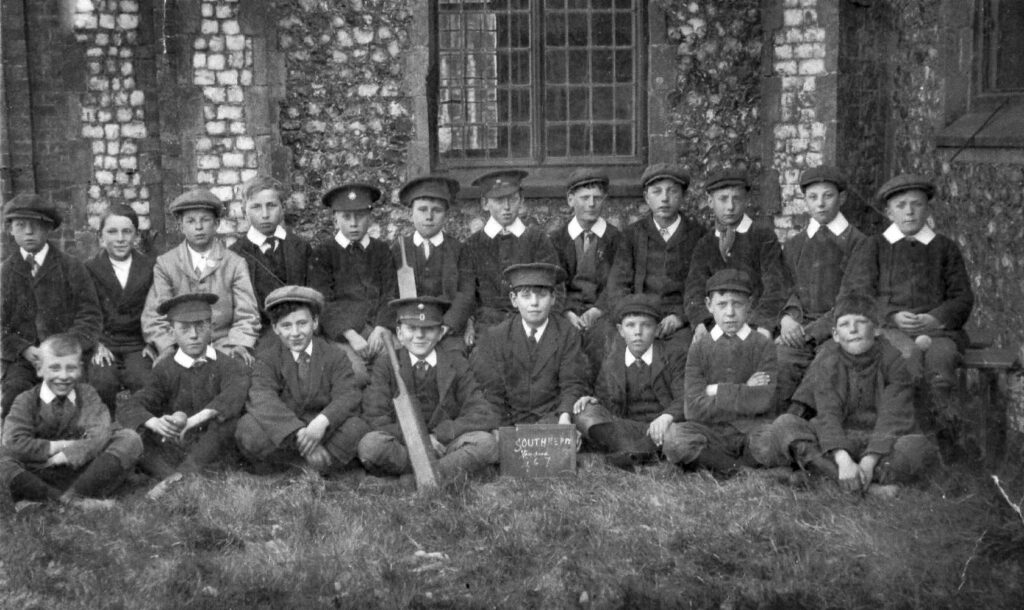
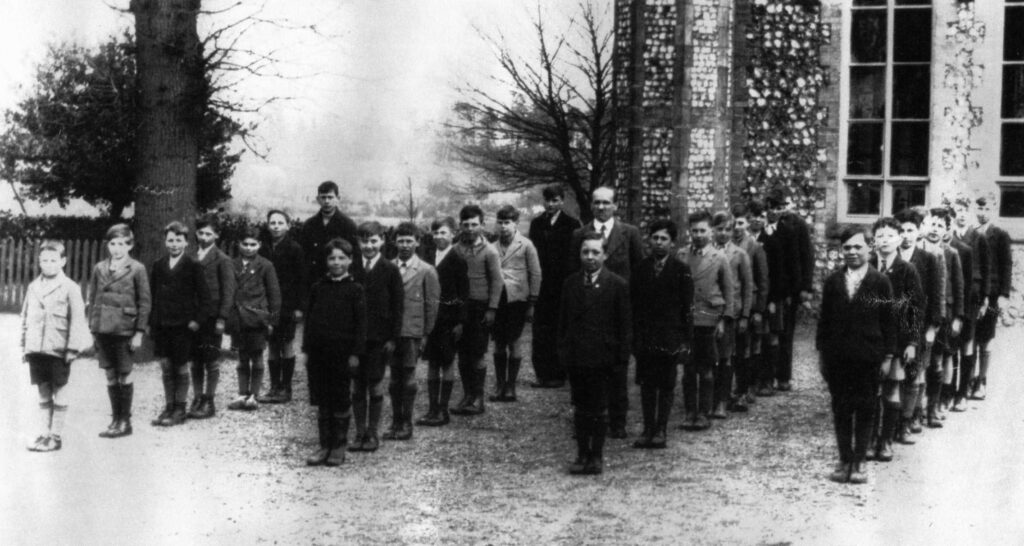
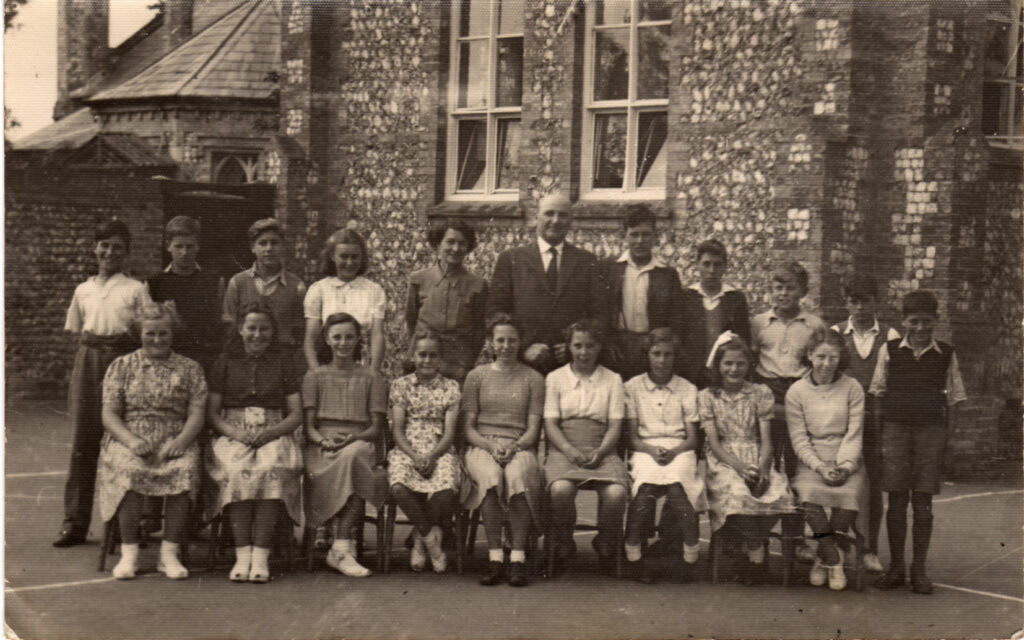
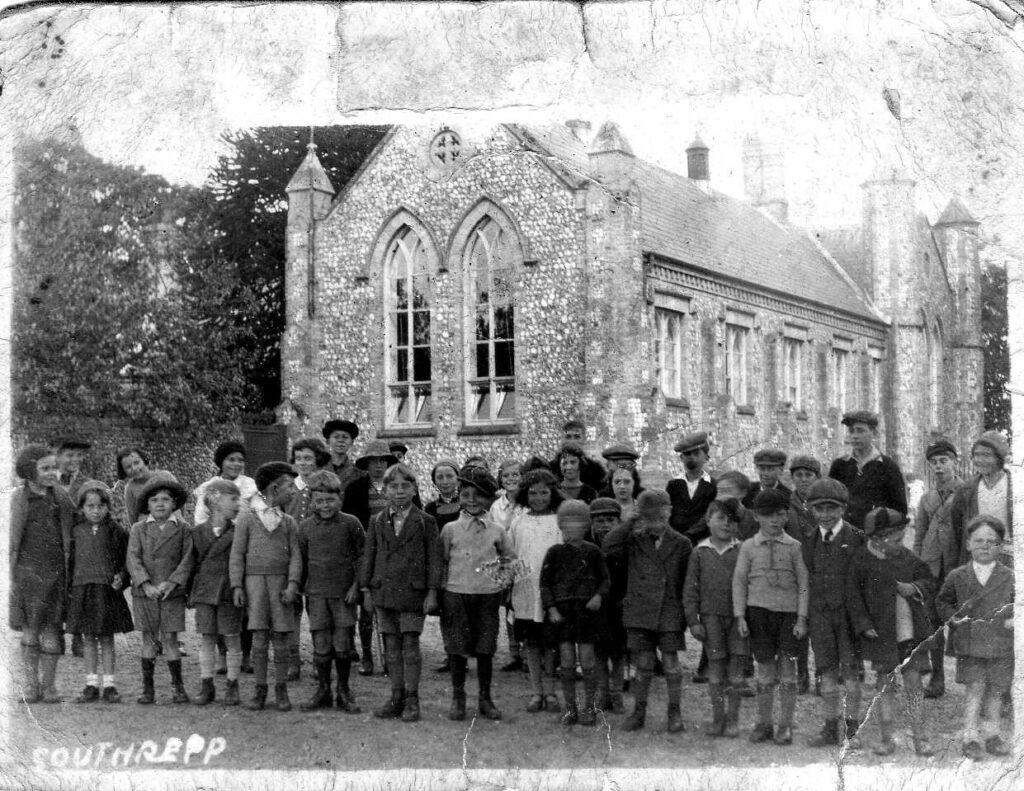
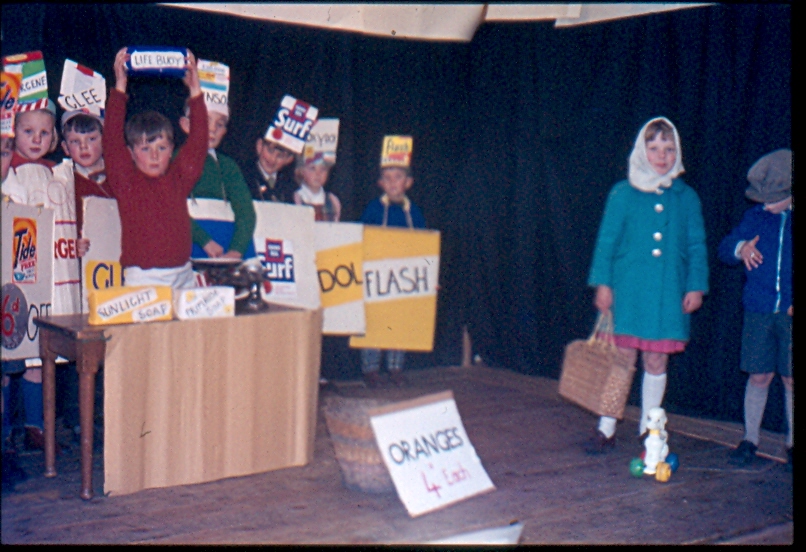
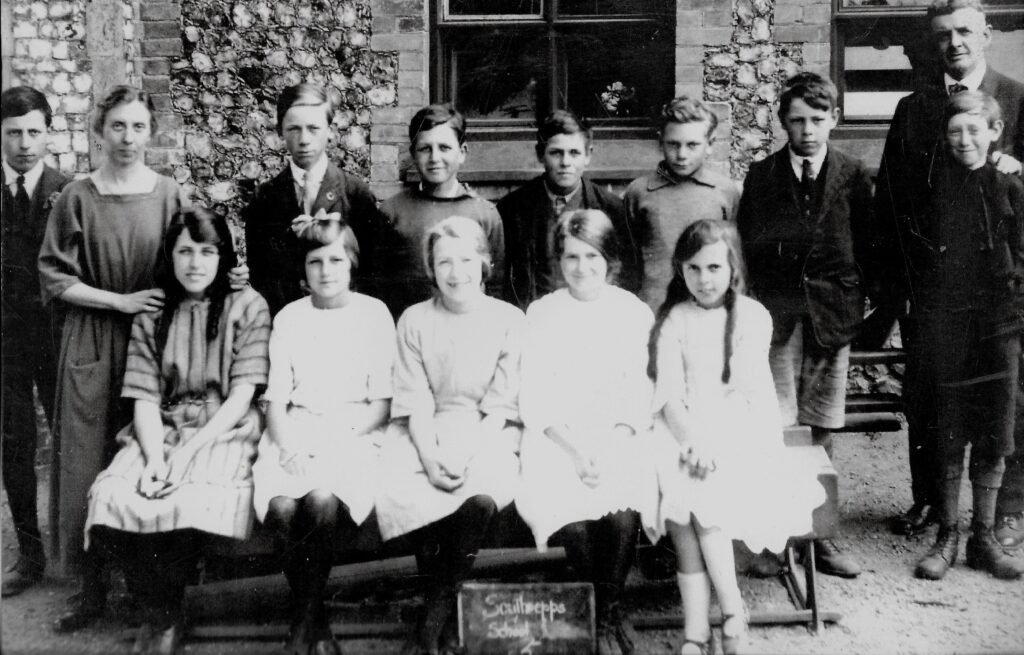
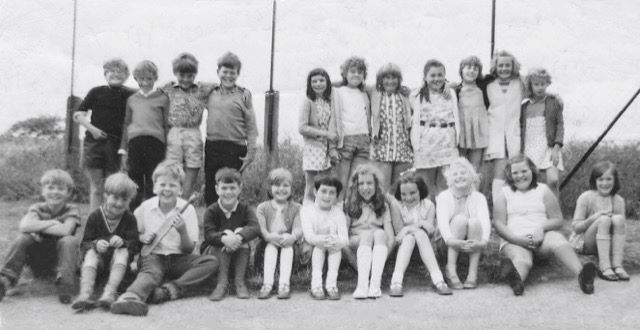
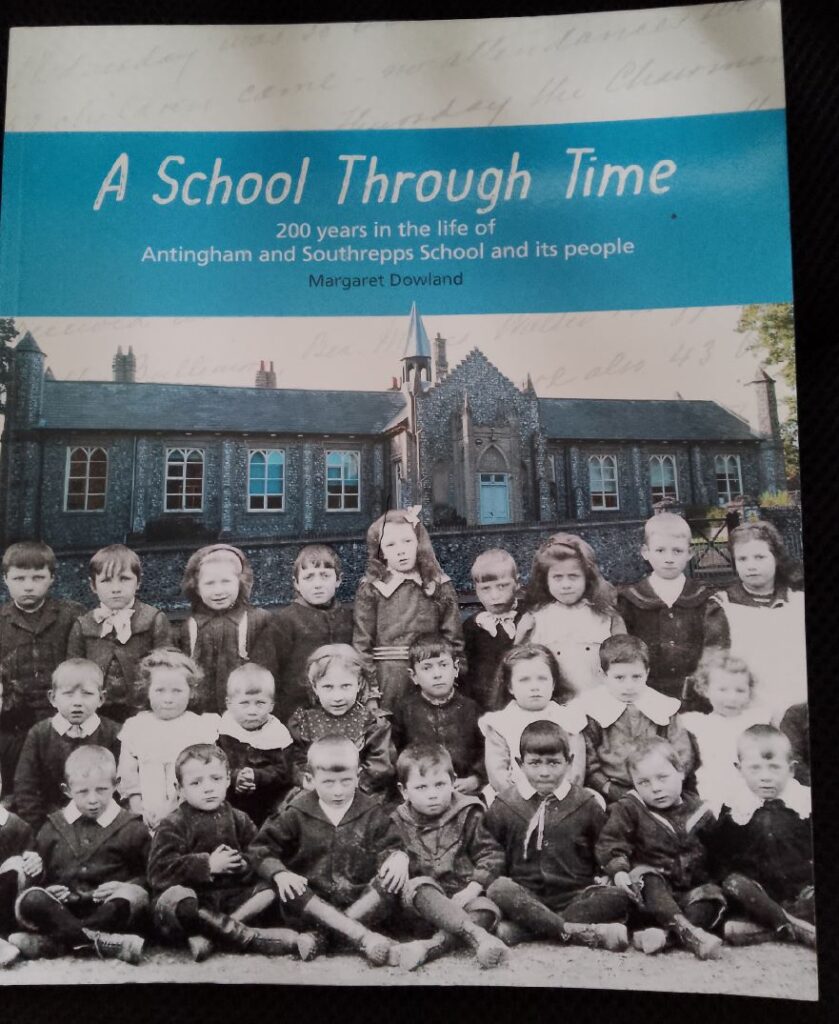
More information about the school is available in a book A School Through Time, by Margaret Dowland.
Published 2021 by Poppyland Publishing
